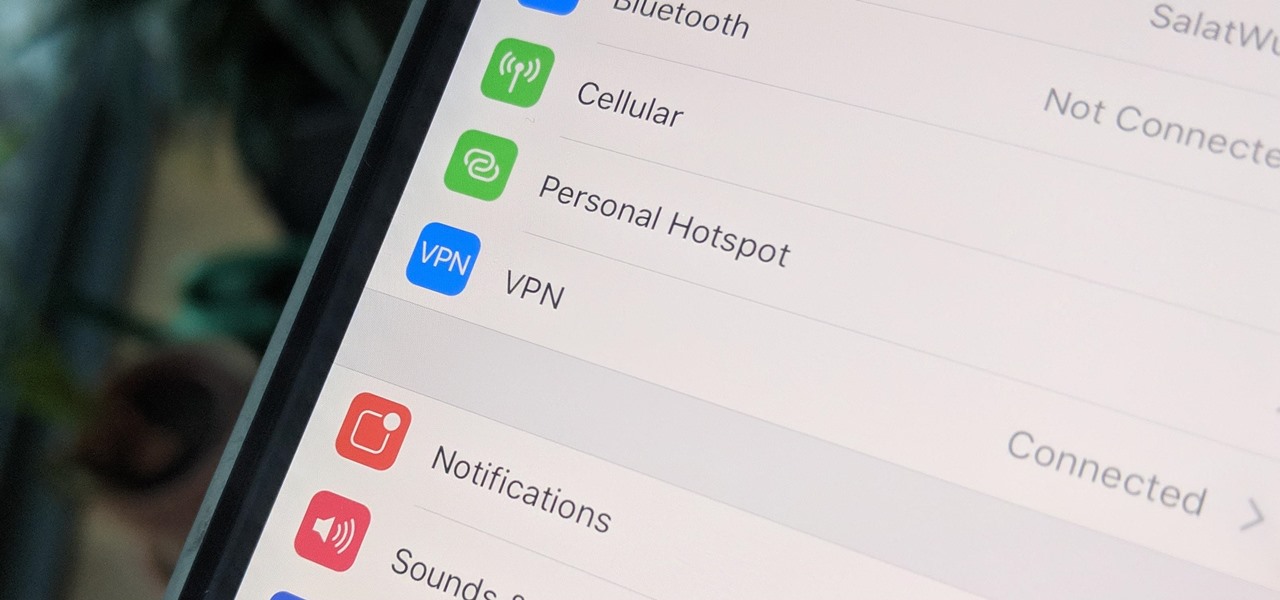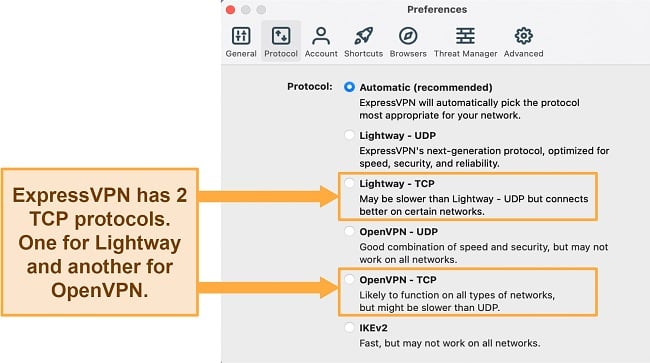Featured
Table of Contents
Troubleshoot Knox Issues - Samsung Knox Workspace

The Routing and Remote Access snap-in lives within the Microsoft Management Console, called the MMC. There are numerous methods to access the MMC. You can select the console from the Start menu's Programs alternatives, within the Administrative Tools folder within Windows server's Control board or by typing mmc at a command timely.
As Tech, Republic's Brandon Vigliarolo shows within his video at the start of this post, the Solutions console displays the status of the Routing and Remote Access entry. From within the Services console and with the Routing and Remote Gain access to entry highlighted, you can click Start the Service or right-click the entry and choose Restart.
In some cases the VPN customer and VPN server are set to utilizing different authentication methods. Validate whether an authentication error is the problem by opening the server console. Another approach of accessing the MMC is to type Control+R to open a command timely in which you can type mmc and hit Enter or click OK.
If the entry isn't present, click File, choose Add/Remove Snap-in, select the Routing and Remote Gain access to choice from the options and click Include, then OK. With the Routing and Remote Gain access to snap-in added, right-click on the VPN server and click Properties. Review the Security tab to validate the authentication technique.
The Vpn Tunnel Goes Down Frequently. - Fortigate / Fortios ...
Guarantee the VPN customer is set to the authentication method defined within the Security tab. Typically the items just examined are accountable for many VPN connection refusal errors. But other fundamentals should be correct, too. For example, if the Windows Server hosting the VPN hasn't signed up with the Windows domain, the server will be unable to verify logins.
IP addresses are another essential aspect for which administration should be appropriately set. Each Web-based VPN connection normally utilizes 2 various IP addresses for the VPN client computer system. The very first IP address is the one that was appointed by the customer's ISP. This is the IP address that's utilized to develop the preliminary TCP/IP connection to the VPN server online.

This IP address usually has the same subnet as the regional network and thus allows the customer to communicate with the regional network. When you established the VPN server, you must set up a DHCP server to designate addresses to clients, or you can produce a bank of IP addresses to appoint to clients straight from the VPN server.


If this choice is selected and the effective remote access policy is set to permit remote gain access to, the user will have the ability to connect to the VPN. I have been unable to re-create the circumstance personally, I have actually heard reports that a bug exists in older Windows servers that can trigger the connection to be accepted even if the effective remote access policy is set to reject a user's connection.
5 Common Vpn Issues And Solutions To Fixing Them
Another typical VPN issue is that a connection is successfully established but the remote user is unable to access the network beyond the VPN server. Without a doubt, the most common cause of this problem is that approval hasn't been approved for the user to access the entire network. To enable a user to access the whole network, go to the Routing and Remote Gain access to console and right-click on the VPN server that's having the problem.
At the top of the IP tab is an Enable IP Routing check box. If this check box is made it possible for, VPN users will be able to access the remainder of the network, assuming network firewalls and security-as-a-service settings allow. If the checkbox is not picked, these users will have the ability to access just the VPN server, however nothing beyond.
For example, if a user is dialing straight into the VPN server, it's typically best to set up a fixed path between the client and the server. You can set up a static path by going to the Dial In tab of the user's properties sheet in Active Directory Users and Computers and choosing the Apply A Static Route check box.
Click the Include Path button and then get in the destination IP address and network mask in the space offered. The metric must be left at 1. If you're utilizing a DHCP server to assign IP addresses to customers, there are a couple of other problems that might cause users not to be able to exceed the VPN server.
20 Tips For Troubleshooting (& Fixing) Your Vpn Connection
If the DHCP server designates the user an IP address that is already in use elsewhere on the network, Windows will detect the dispute and avoid the user from accessing the remainder of the network. Another typical problem is the user not receiving an address at all. The majority of the time, if the DHCP server can't designate the user an IP address, the connection won't make it this far.
If the client is appointed an address in a range that's not present within the system's routing tables, the user will be unable to navigate the network beyond the VPN server. Make sure the resources the user is attempting to access are actually on the network to which the user is linking.
A VPN connection to the other subnet might, in fact, be required. A firewall program or security as a service option might also be to blame, so don't forget to evaluate those solutions' settings, if such parts are present between the VPN server and the resources the user looks for to reach.
The first possibility is that one or more of the routers included is carrying out IP package filtering. I advise inspecting the customer, the server and any machines in between for IP package filters.
Latest Posts
The Best Vpns For Small Business In 2023
What Is A Business Vpn? Understand Its Uses And ...
Best Virtual Private Networks Reviews 2023